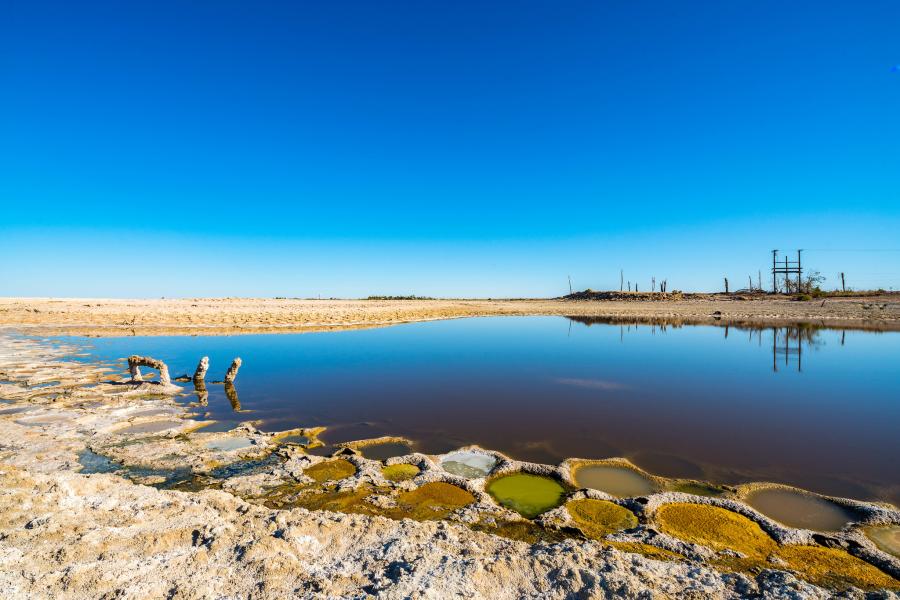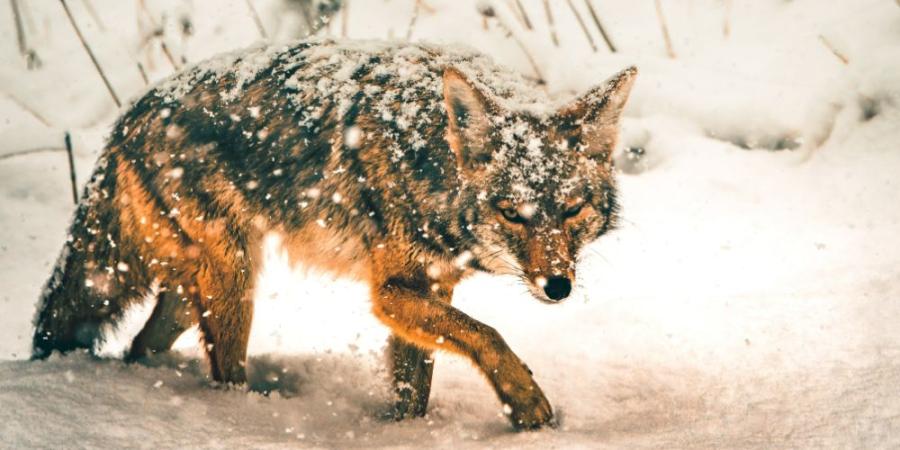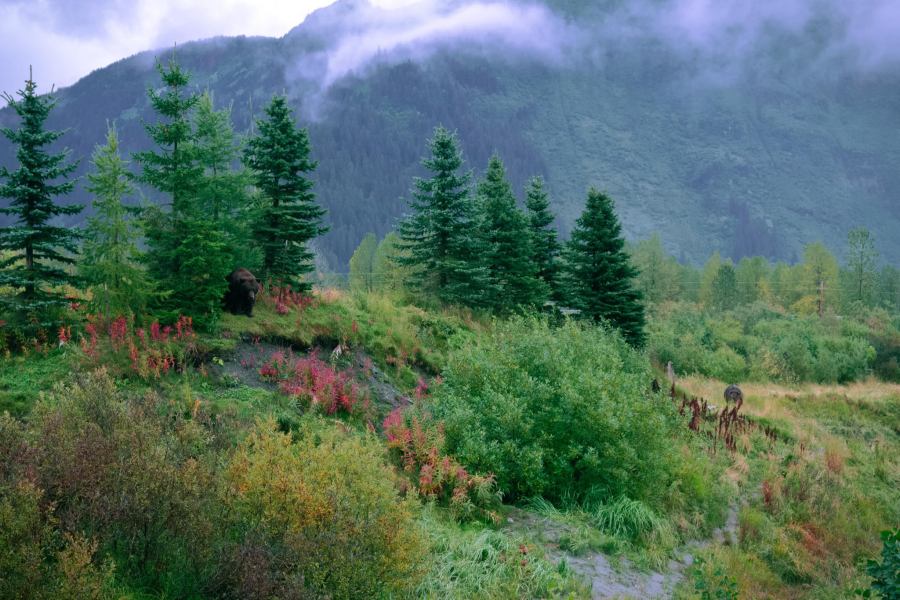
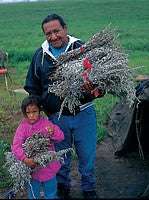 Gary Holy Bull is a Lakota healer who was born on the Cheyenne River Reservation in Eagle Butte, South Dakota. As a young man he began having visions and was hospitalized for schizophrenia until his family removed him from psychiatric care and brought him to the Pine Ridge Reservation for a Yuwipi (Calling the Spirits) ceremony. Today he performs Yuwipi ceremonies and educates young men about personal responsibility and domestic violence prevention. In his presentation he talks about his childhood and his experiences becoming a healer.
Gary Holy Bull is a Lakota healer who was born on the Cheyenne River Reservation in Eagle Butte, South Dakota. As a young man he began having visions and was hospitalized for schizophrenia until his family removed him from psychiatric care and brought him to the Pine Ridge Reservation for a Yuwipi (Calling the Spirits) ceremony. Today he performs Yuwipi ceremonies and educates young men about personal responsibility and domestic violence prevention. In his presentation he talks about his childhood and his experiences becoming a healer.
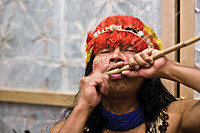 Anank Nunink Nunkai is a spiritual leader of the Shuar people, who live in the Ecuadorian jungle in the province of Pastaza. In his presentation he talks about the various ways in which the Shuar encounter Arutam, an all-powerful holy spirit. Arutam may be found during a rite of passage in which a young boy ventures alone into a storm, or during community rituals which take place under sacred waterfalls.
Anank Nunink Nunkai is a spiritual leader of the Shuar people, who live in the Ecuadorian jungle in the province of Pastaza. In his presentation he talks about the various ways in which the Shuar encounter Arutam, an all-powerful holy spirit. Arutam may be found during a rite of passage in which a young boy ventures alone into a storm, or during community rituals which take place under sacred waterfalls.
Sobonfu Some is a Dagara healer in the west-African nation of Burkina Faso. She travels the world “on a healing mission,” speaking to various groups about the community life and rituals she experienced during her upbringing. In her presentation Sobonfu speaks about how she became a healer and explains Dagara healers’ unique conception of illness and conflict.
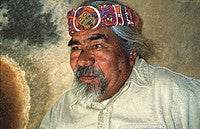 Tlakaelel is a Tolteca elder who discusses how in his people’s tradition, the curandero (doctor) forms a personal partnership with his patient and how, beyond the plants and healing techniques, it is the doctor himself who creates the healing.
Tlakaelel is a Tolteca elder who discusses how in his people’s tradition, the curandero (doctor) forms a personal partnership with his patient and how, beyond the plants and healing techniques, it is the doctor himself who creates the healing.
